Astonishing Images Of Galaxies, Stars & Supernova Remnants Released By NASA
Tags: opinion

NASA has an X-ray observatory named after the Nobel Prize-winning astrophysicist Subrahmanyan Chandrasekhar. The Chandra X-ray telescope has consistently delivered some of the most astonishing astronomical discoveries. Chandra X-ray was the one that delivered the first light images of the remnants of the Cassiopeia A supernova. In 2000, some high school students accessed the data gathered from this telescope to find a neutron star inside the remnants of the IC 443 supernova too.
SUBSCRIBE TO TRUTH THEORY YOUTUBE CHANNEL, CLICK HERE
Recently, NASA has released some dazzling images of stars, galaxies, and supernova remnants. These images are composite images that have been captured from X-ray and optical sources. Not just Chandra, multiple telescopes’ data have been compiled. This is the “multiwavelength” approach, compiling data from multiple spectra.
NASA Chandra Captured Abell 2744
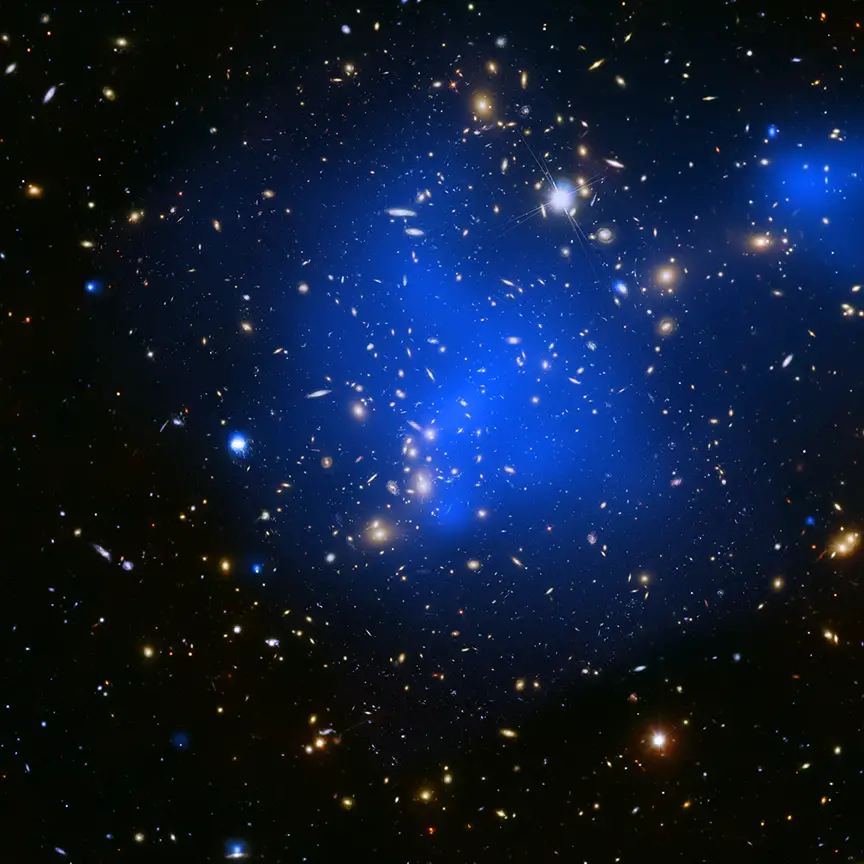
CREDIT: X-ray: CXC; Optical: STScI
Abell is a galaxy cluster. Its image has been compiled from data collected from both Hubble and Chandra.
Cartwheel Galaxy
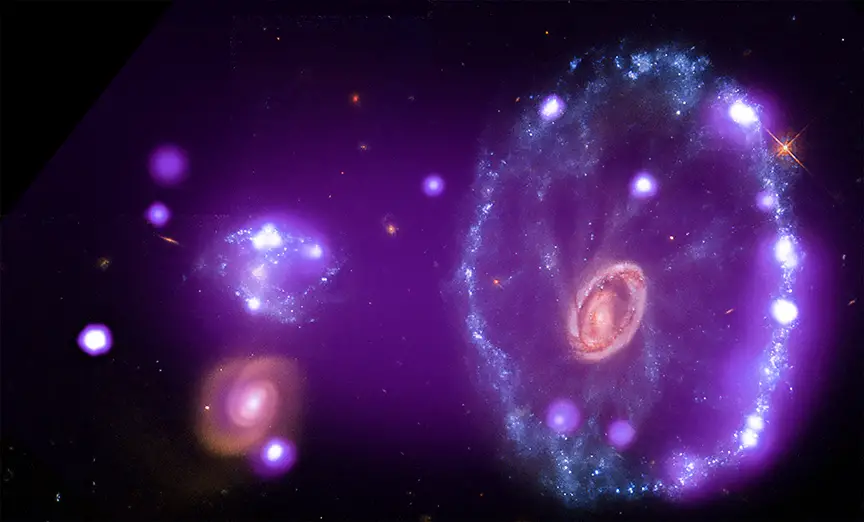
CREDIT: X-ray: CXC; Optical: STScI
Fritz Zwicky found this galaxy first in 1941. He described this as one of the most complicated structures. The Cartwheel Galaxy is estimated to be 150,000 light-years in diameter.
NASA Chandra Captured Eta Carinae
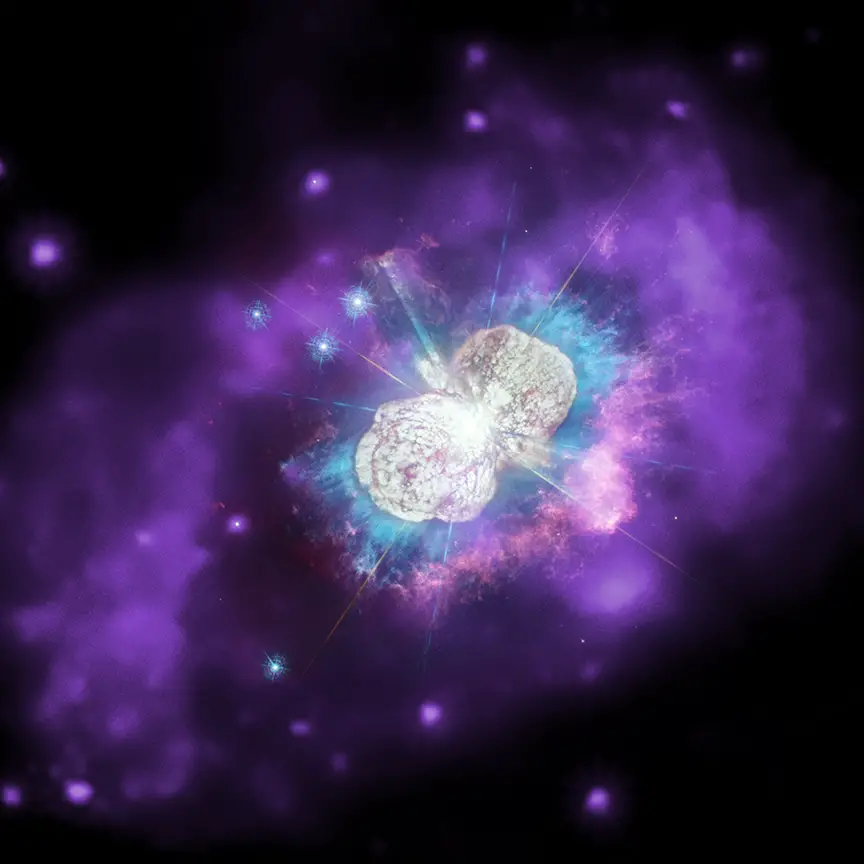
CREDIT: CXC; Ultraviolet/Optical: NASA/STScI; Combined Image: NASA/ESA/N. Smith (University of Arizona), J. Morse (BoldlyGo Institute) and A. Pagan
Eta Carinae has been described by NASA as a volatile system. It has 2 huge stars orbiting each other.
Messier 82
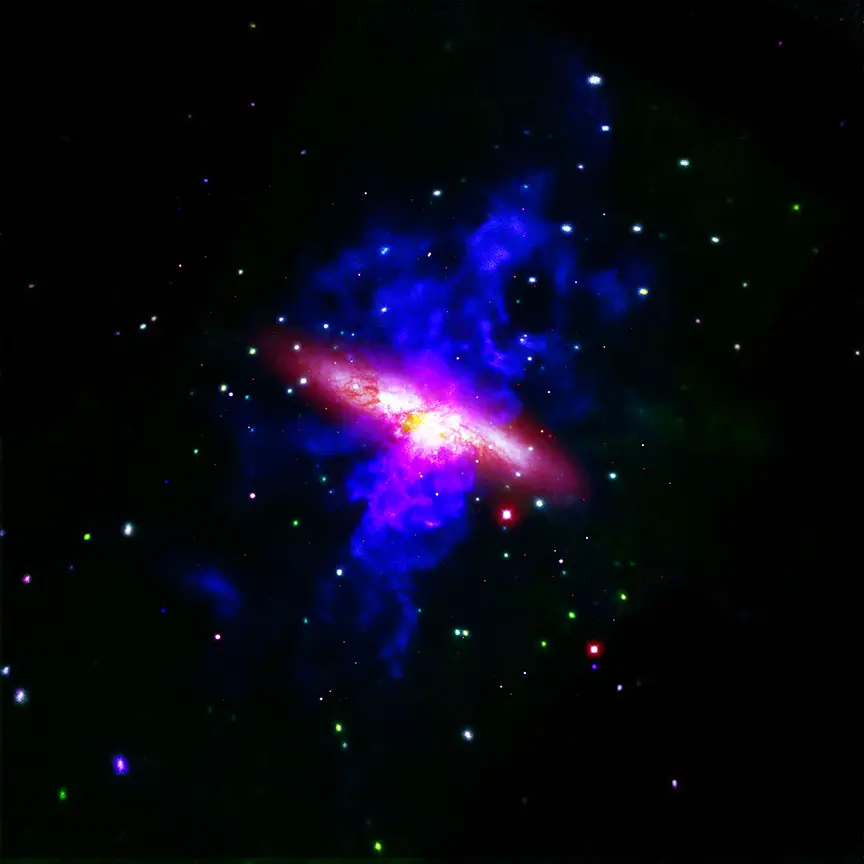
CREDIT: X-ray: CXC; Optical: STScI
The Messier 82 galaxy has been described as a galaxy “oriented edge-on to Earth.”
Hey, are you on Instagram? Check out the official Truth Theory Instagram page HERE, we upload new content every day.
Read: THE EXISTENCE OF 50 NEW PLANETS, UNCOVERED BY ARTIFICIAL INTELLIGENCE DIGGING THROUGH OLD NASA DATA
Helix Nebula
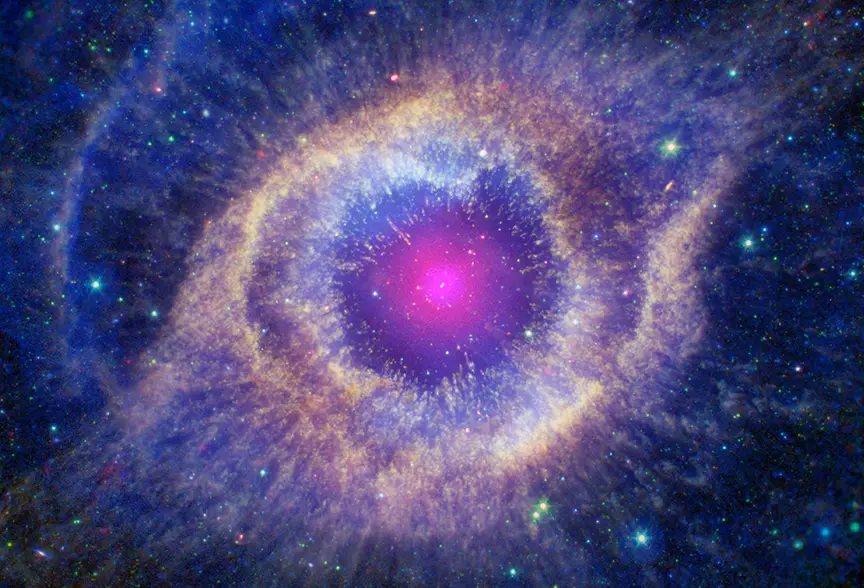
CREDIT: X-ray: NASA/CXC; Ultraviolet: NASA/JPL-Caltech/SSC; Optical: NASA/STScI(M. Meixner)/ESA/NRAO(T.A. Rector); Infrared: NASA/JPL-Caltech/K. Su
This eyeball shaped nebula is currently running out of fire. If our sun runs on the same course, it would also look like the Helix in about 5 billion years.
Supernova 1987A (SN 1987A)
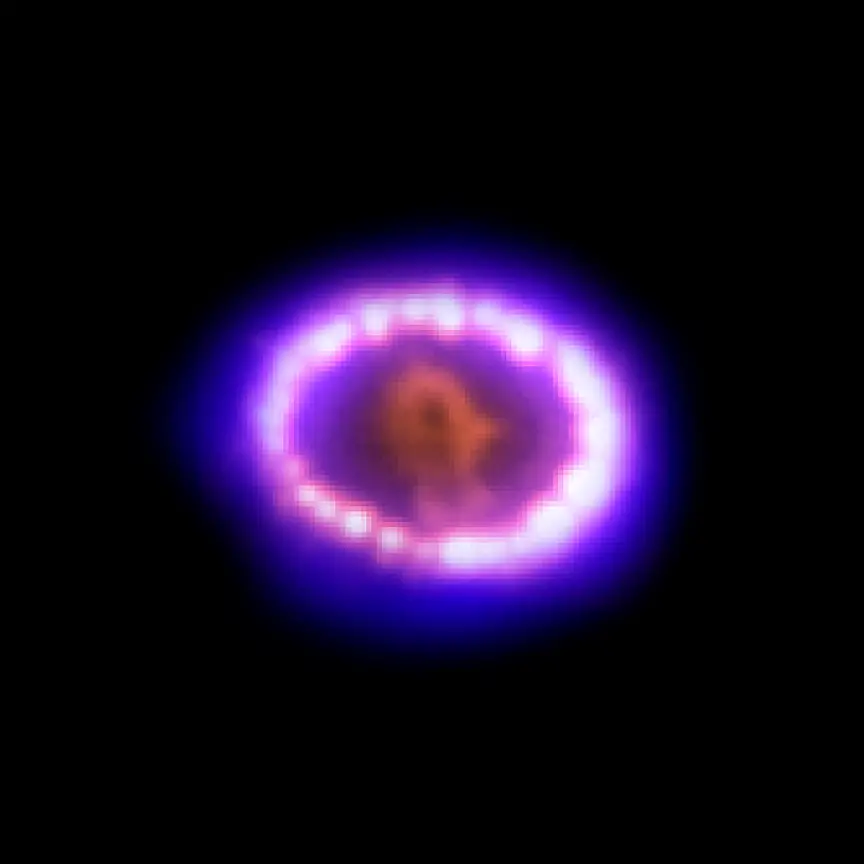
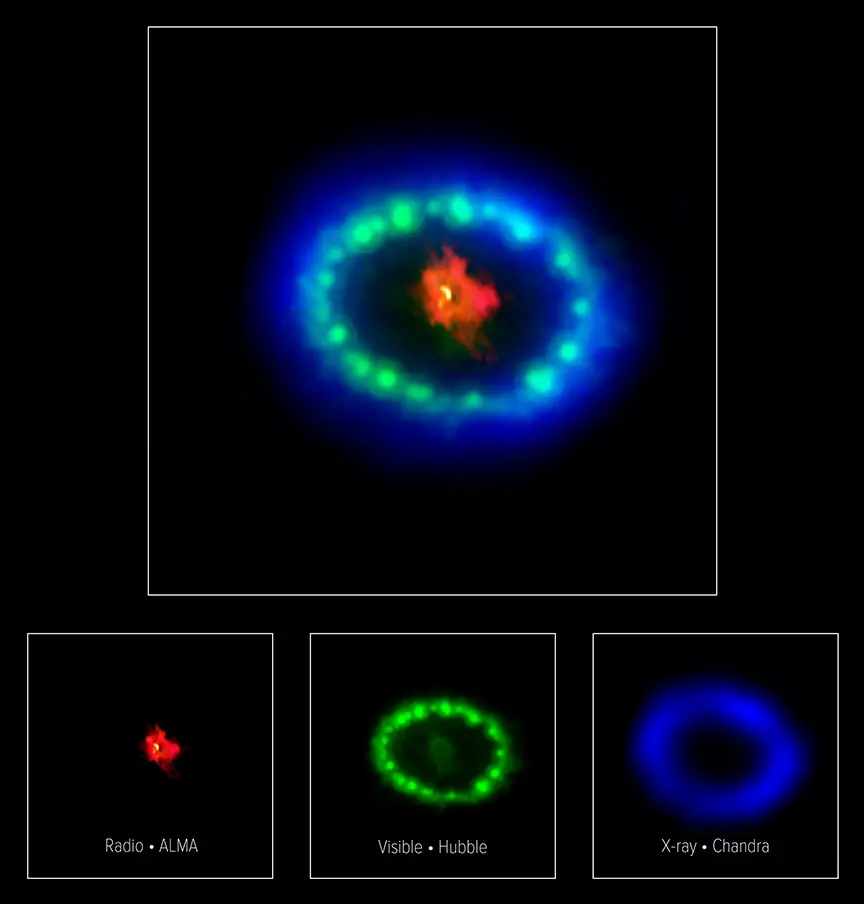
CREDIT: Radio: ALMA (ESO/NAOJ/NRAO), P. Cigan and R. Indebetouw; NRAO/AUI/NSF, B. Saxton; X-ray: NASA/CXC/SAO/PSU/K. Frank et al.; Optical: NASA/STScI
SN1987A presents one of the wildest images. NASA went on to give this supernova the tag of one of the brightest explosions in many centuries.
Fascinated by these images? Head over to the original images to see not only the composite result but also the individual images in different spectra and how they resulted in these magical creations.
Leave Comment: